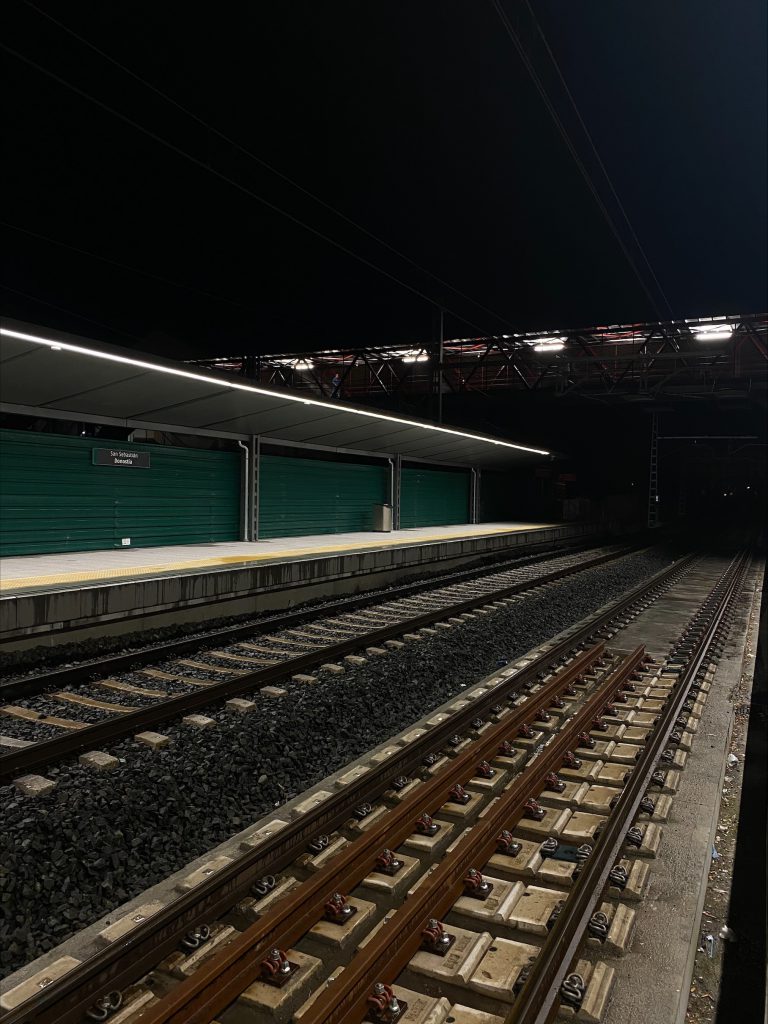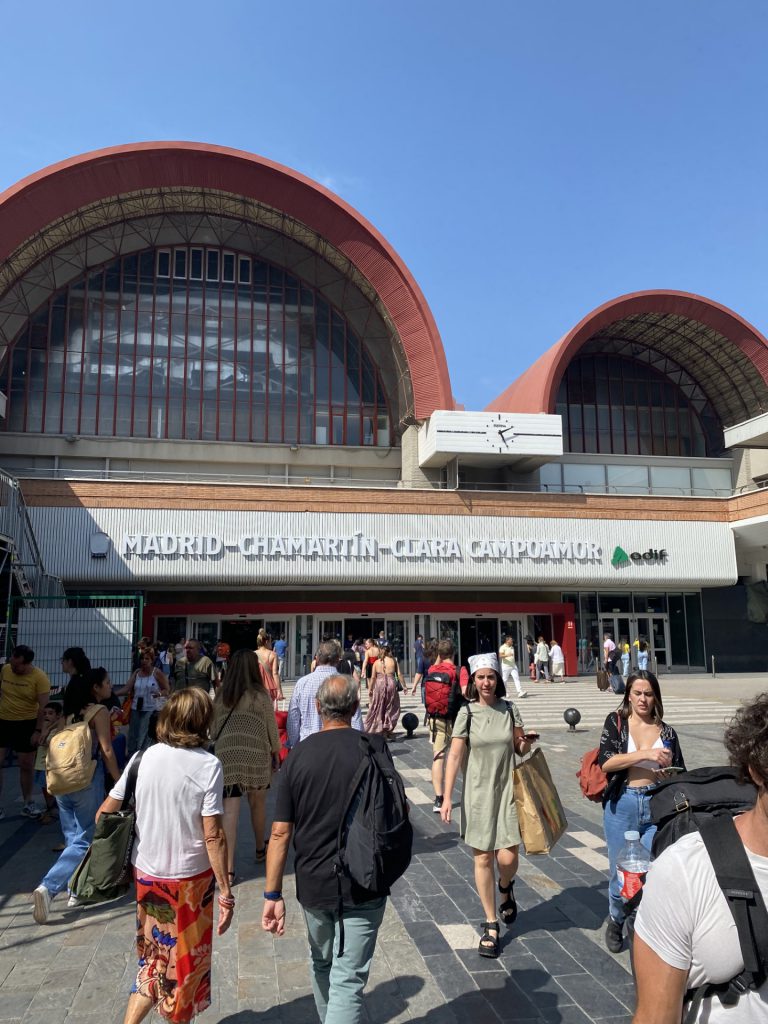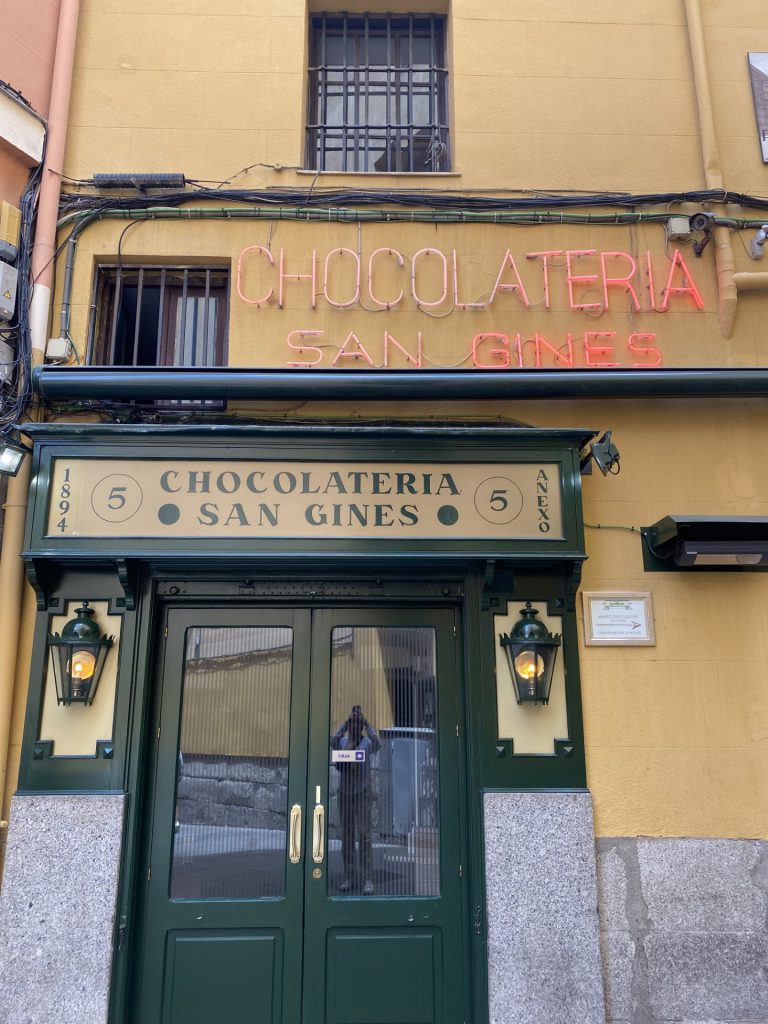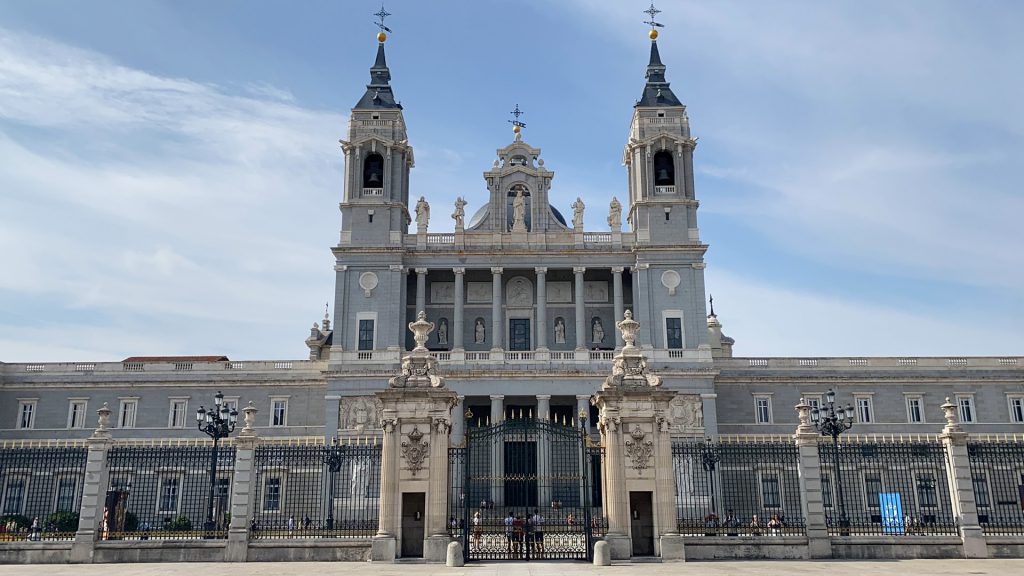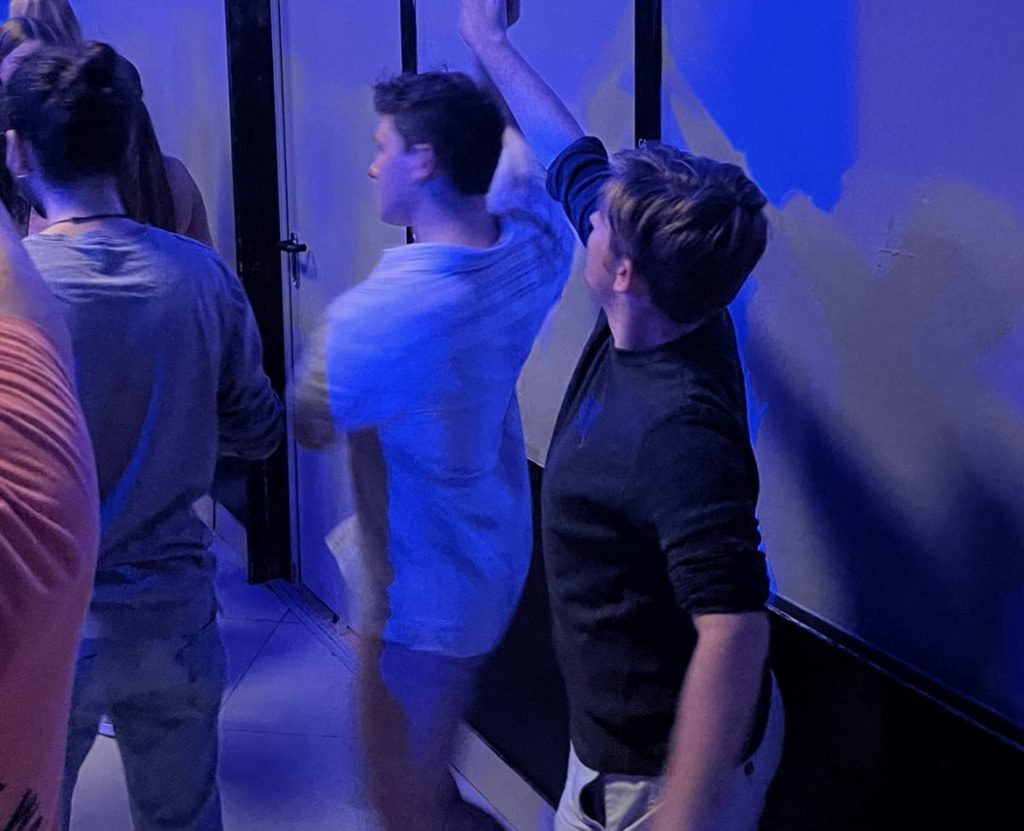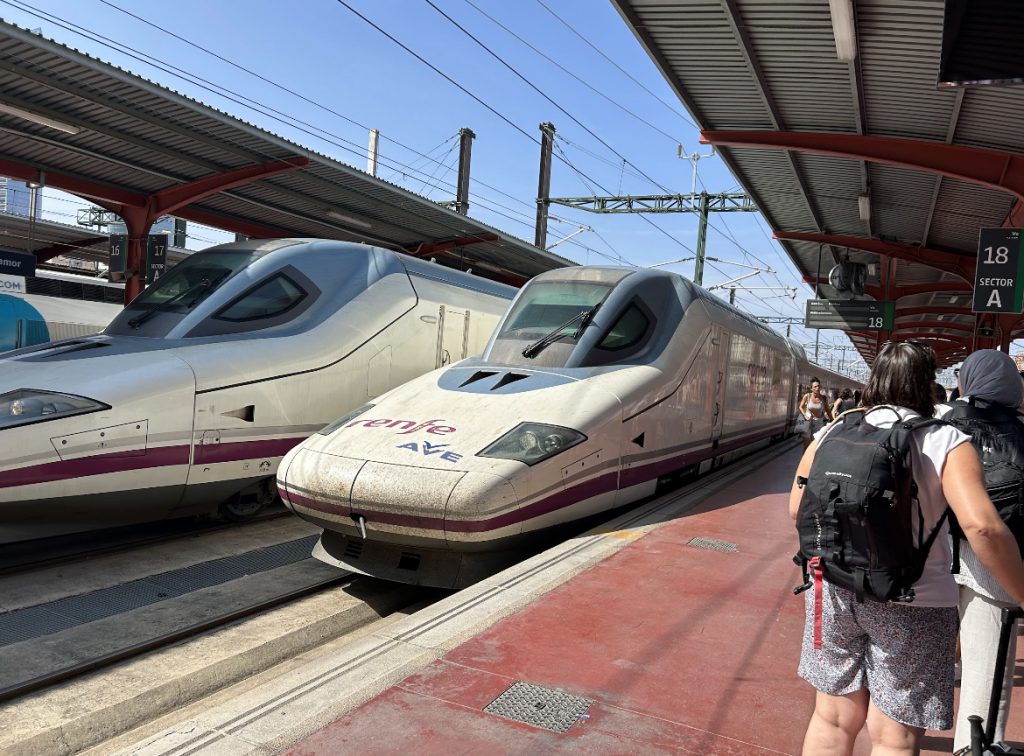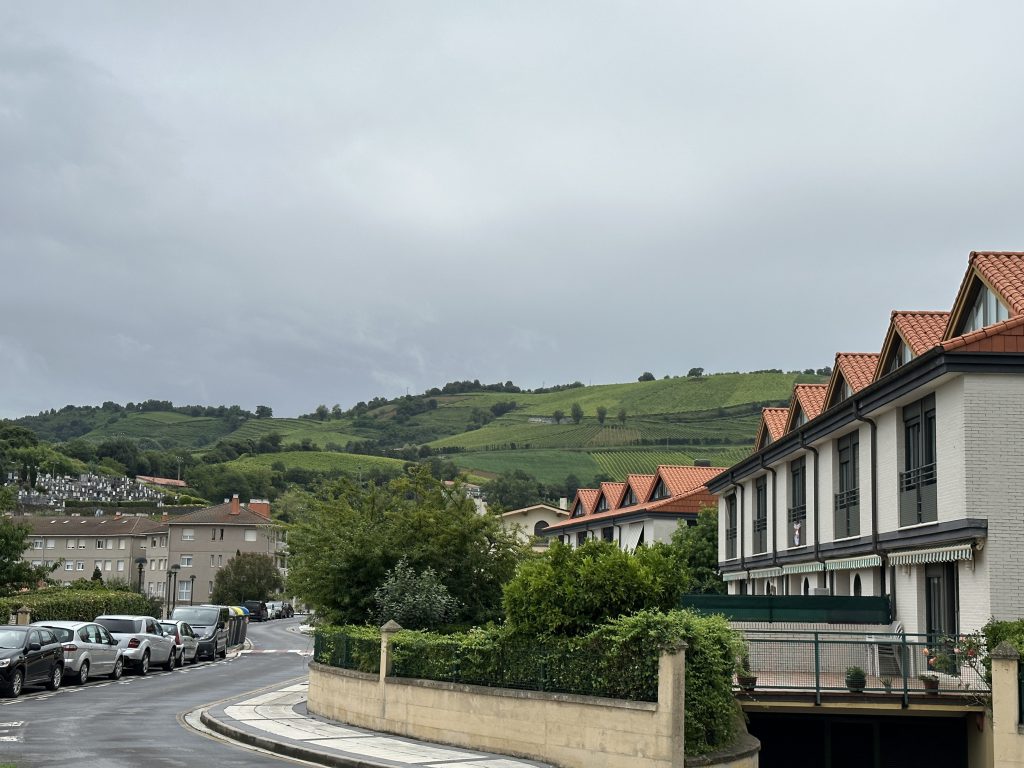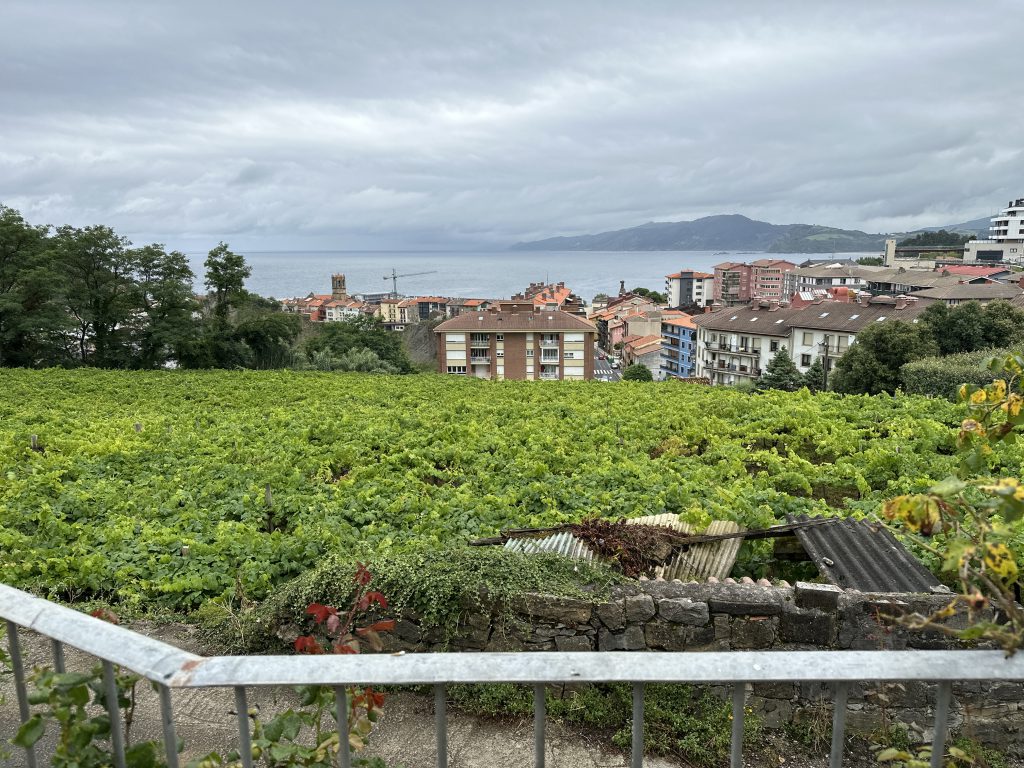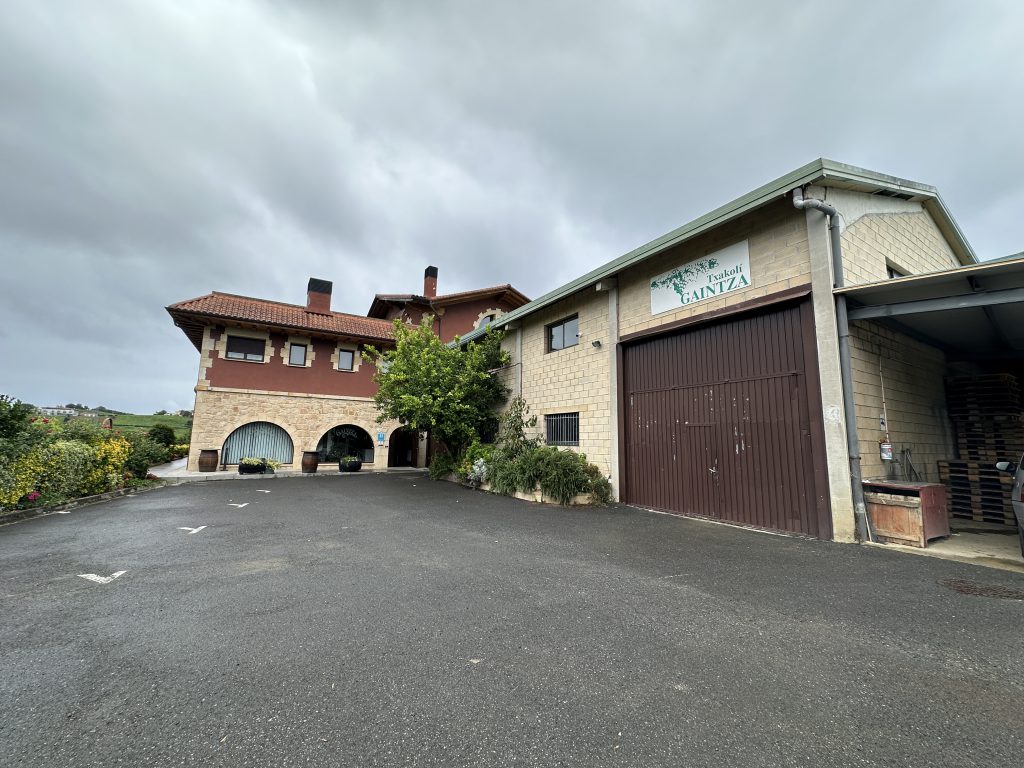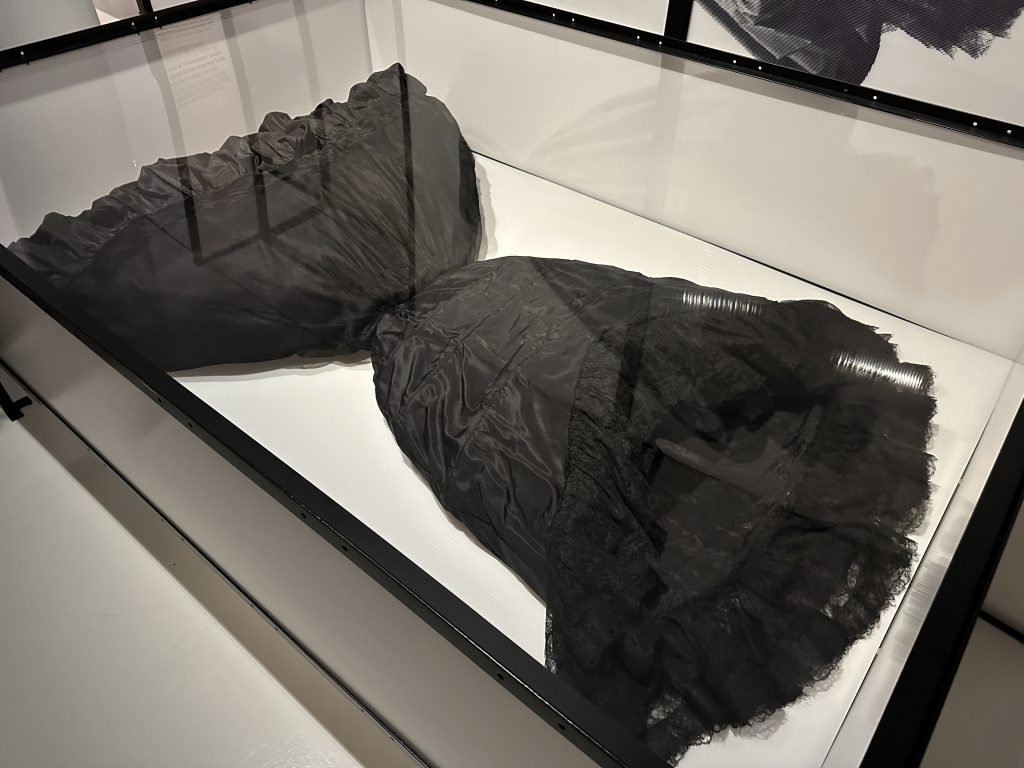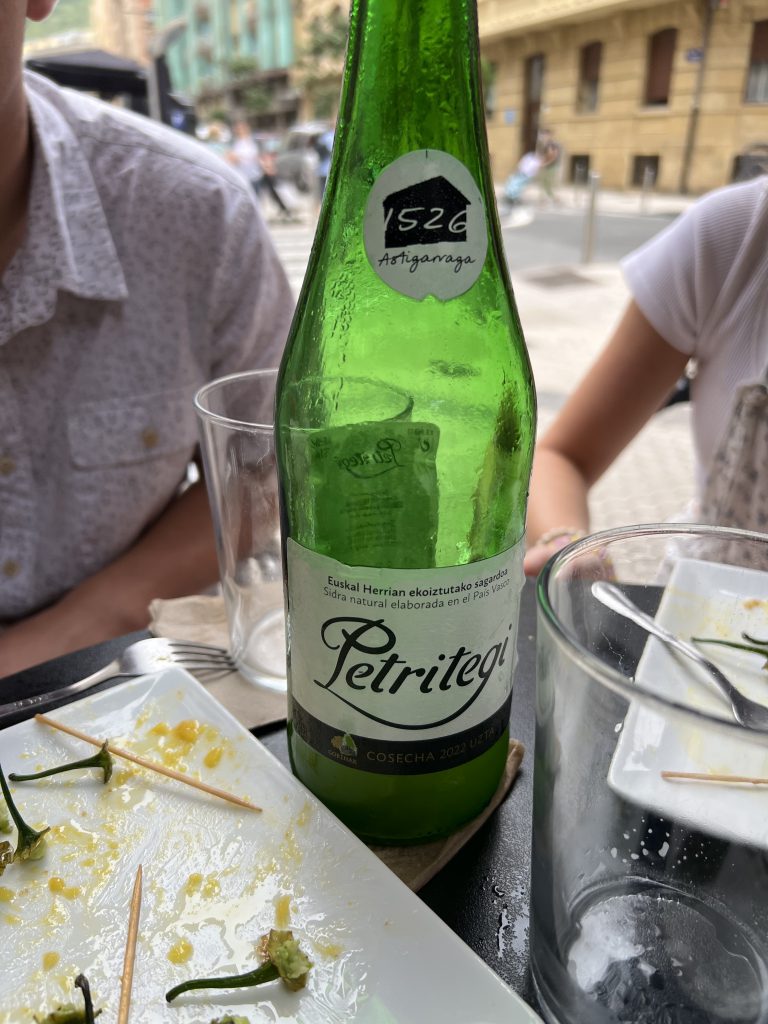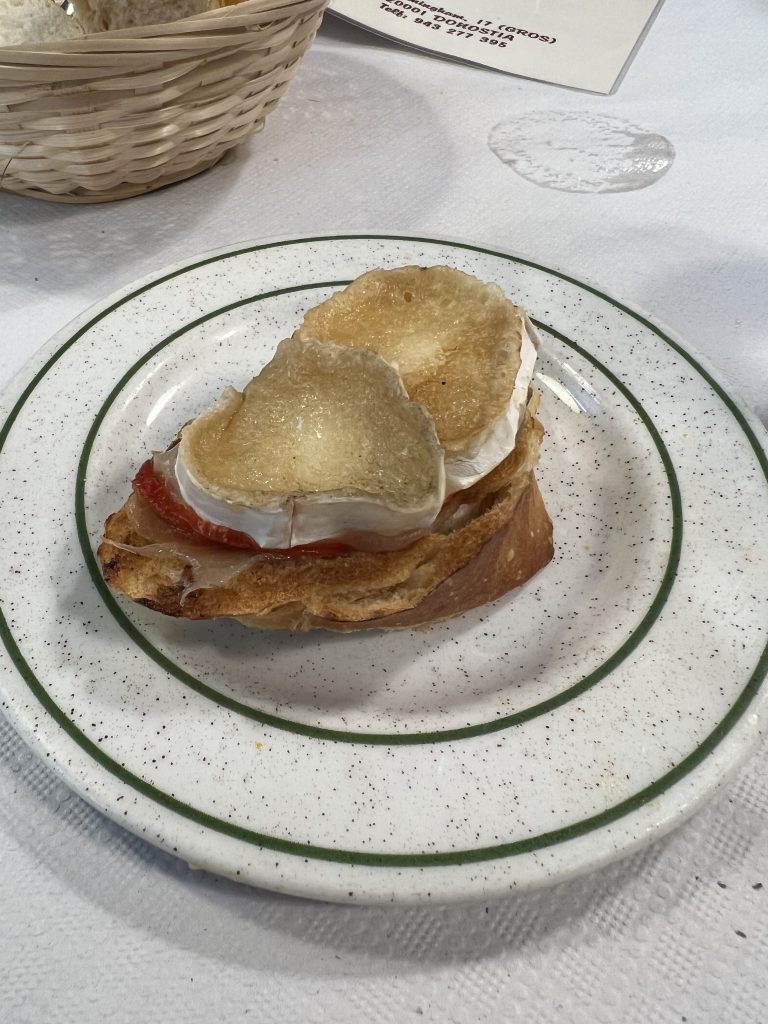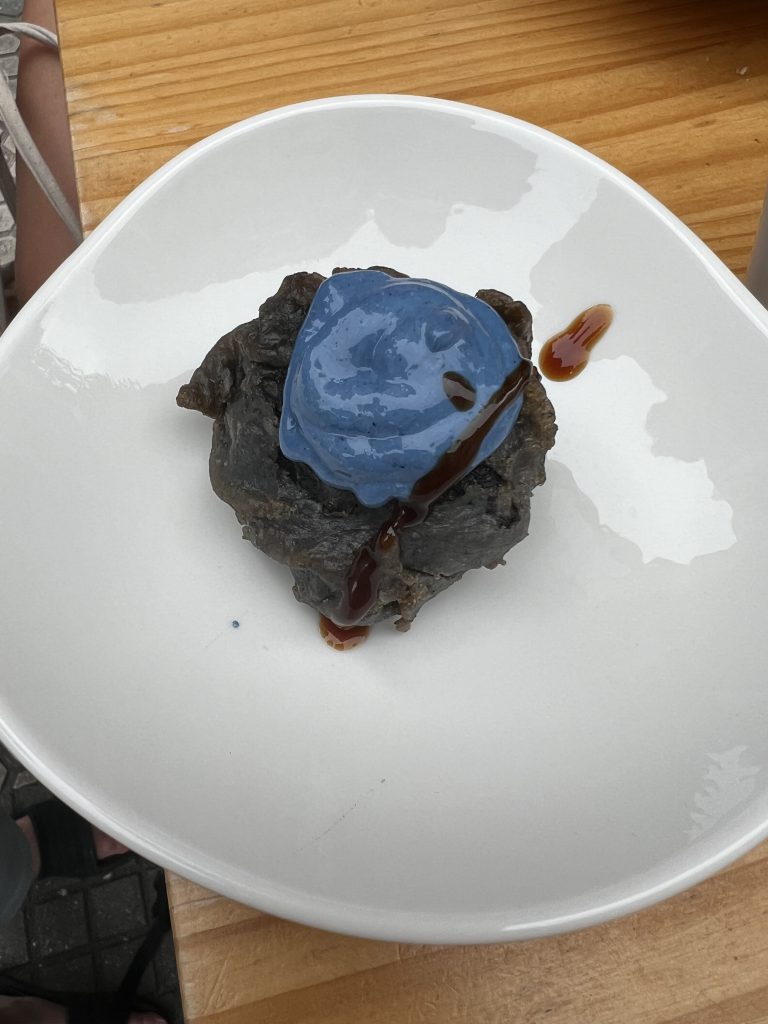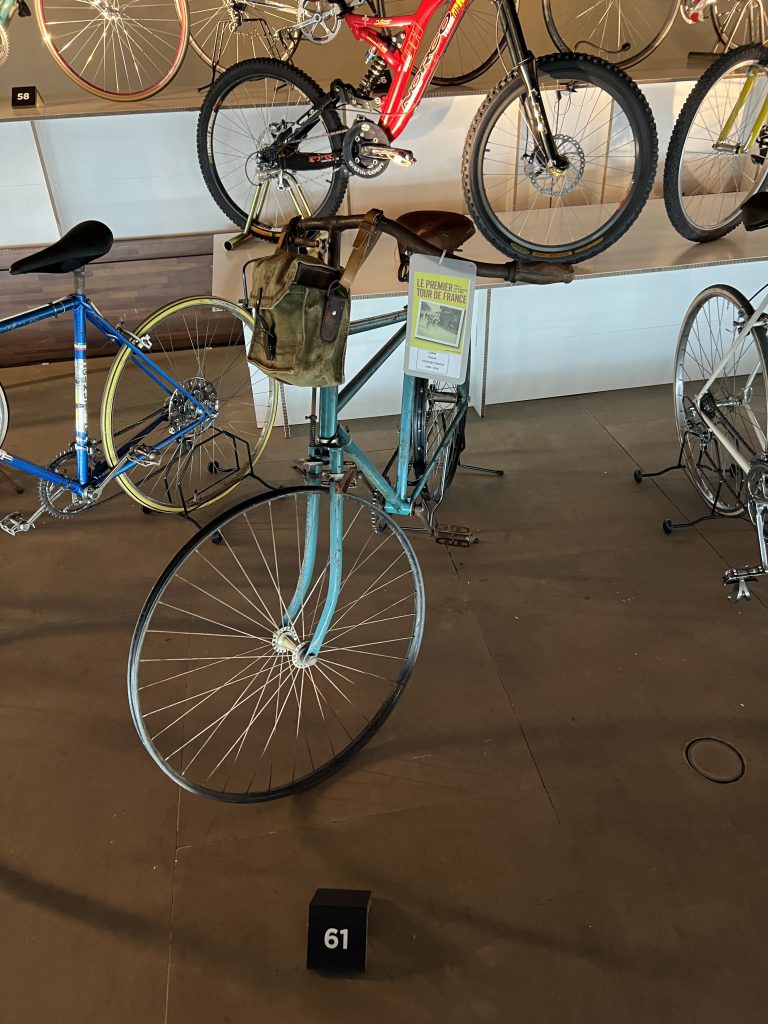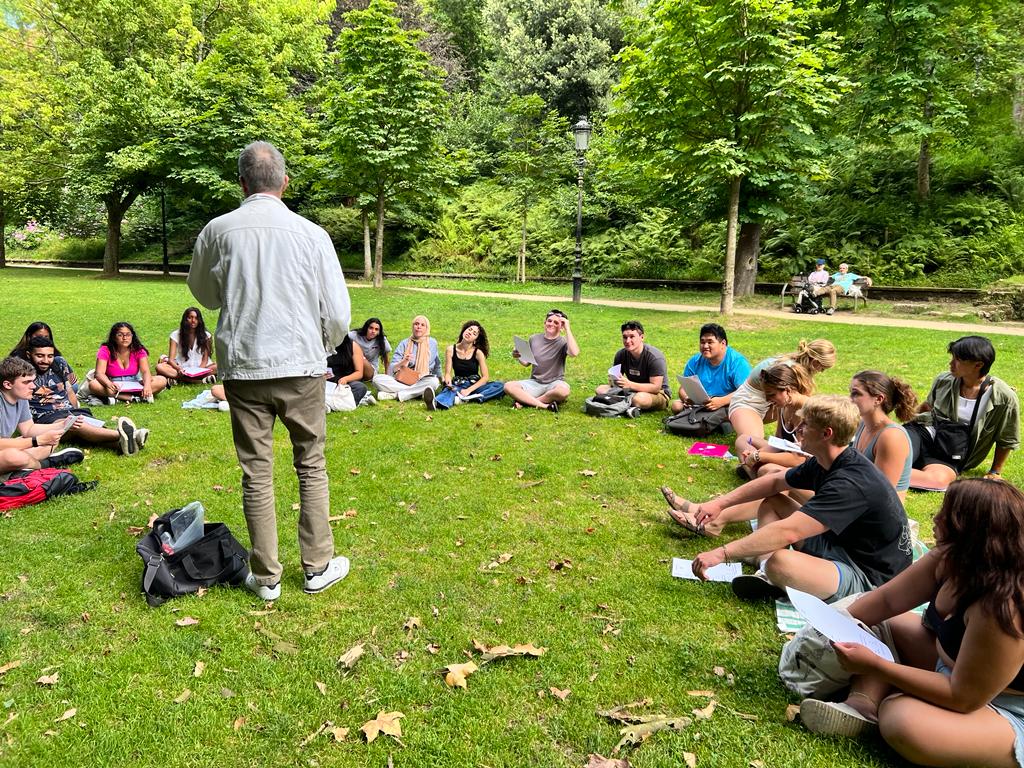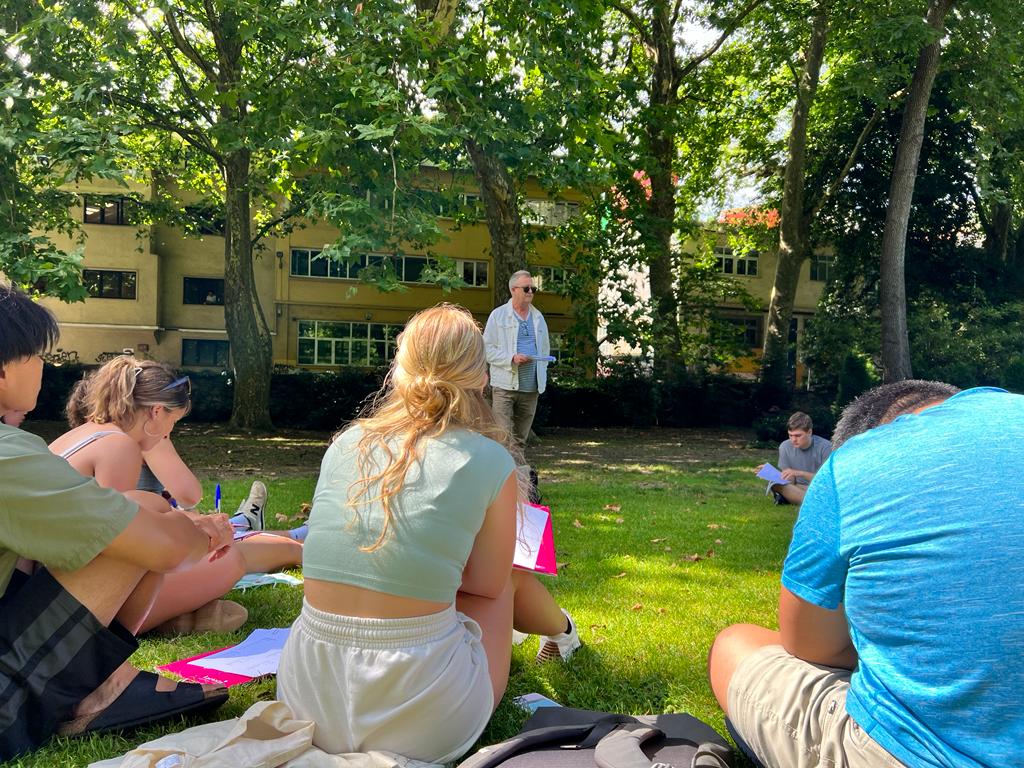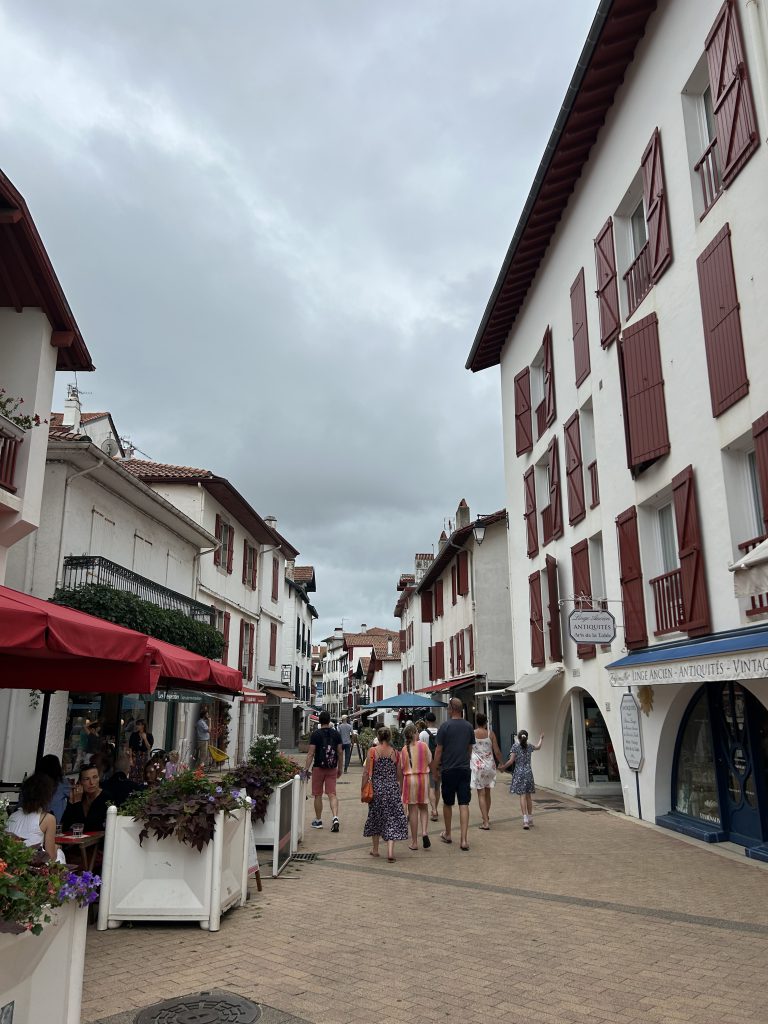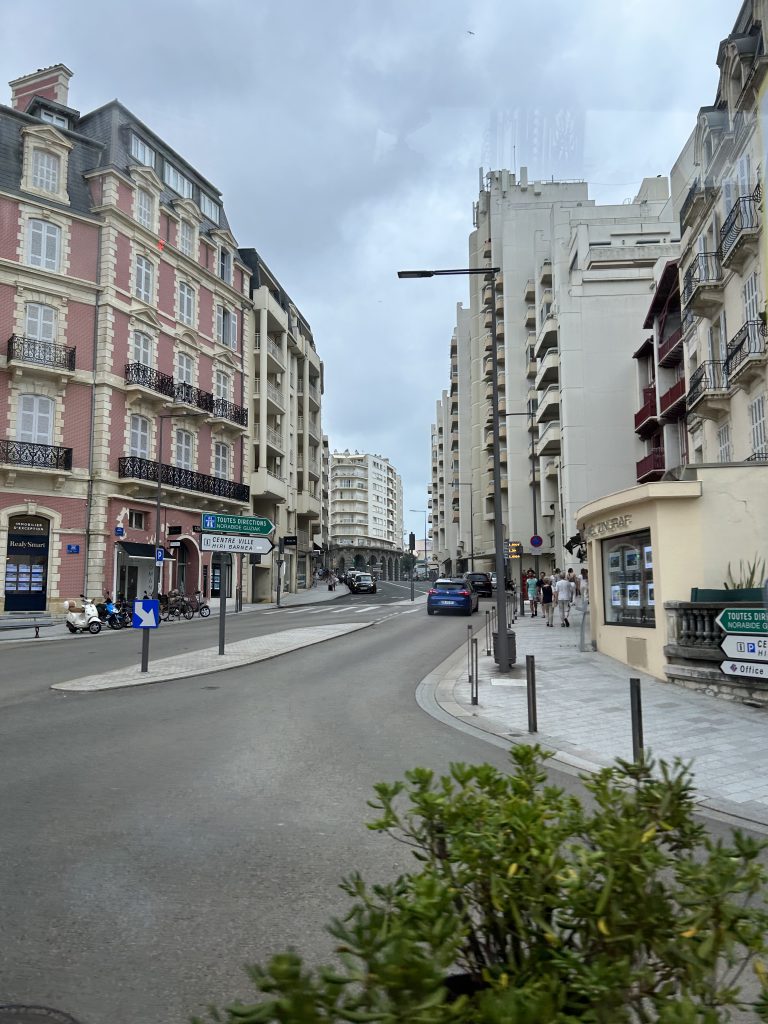It’s hard to say I’ve been halfway across the world for three weeks, and even harder to say it has come to an end. My time in San Sebastian was a roller coaster of emotions to say the least, from biking to school on the first day and getting lost, to spending late nights and early mornings walking down the streets of San Sebastian. This program was beyond life changing, as I will never forget the Basque culture and all the amazing experiences I had.
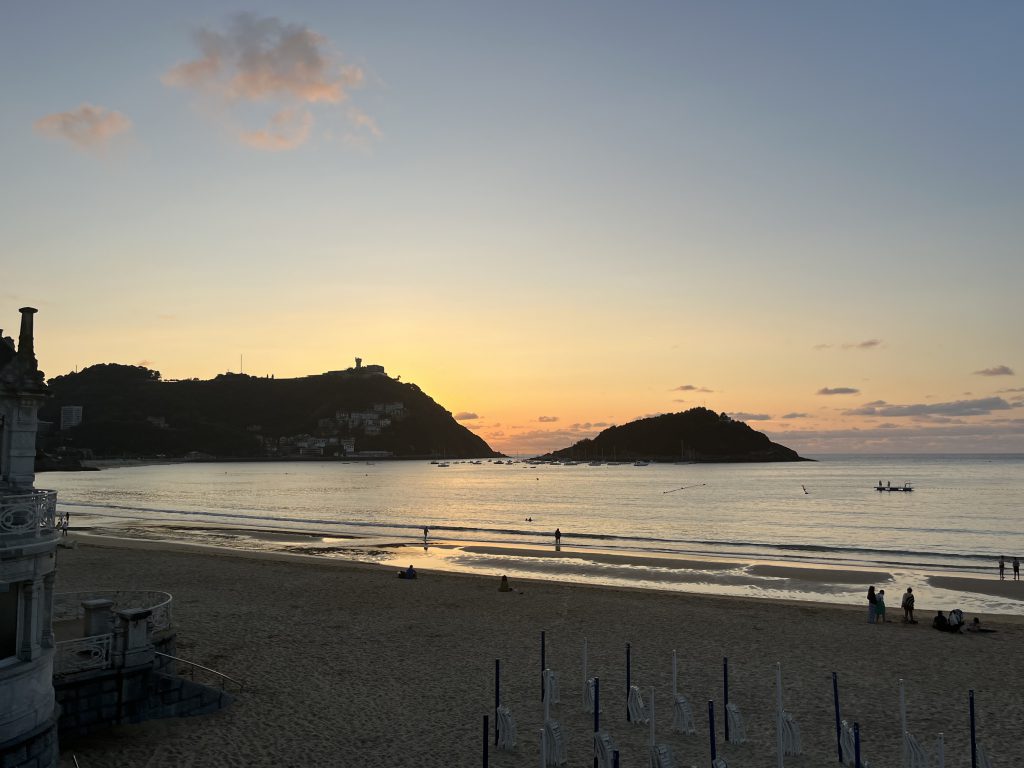
The first week was such a crazy experience words don’t even come close to describing it. This was my first trip off of the North American continent, so to say I was a bit nervous is an understatement. Once we had landed and taken the bus to the dorm, we were let loose to find our first meal, which I am not proud of saying was an overpriced hamburger. The next morning, we were set on finding our way to Lacunza, our school for the next few weeks, and being generous we gave ourselves about 40 minutes for a supposedly 20 minute bike ride to find our way, and still somehow ended up 30 minutes late. The rest of the week was about getting into a routine and integrating the Basque culture into our lives, from changing our eating habits, to getting use to how much walking and biking we were doing. Some other highlights from this week was visiting France for a day, our Pintxo tour in Old Town, and the wine tasting.

Week two was about sticking to the routine I had created and continue exploring the city. My nervousness was now replaced by a sense of exploration, wanting to do as much as I could with the time I had. From the aquarium to the funicular up to the Monte Igueldo amusement park, a late-night gelato run, and learning to salsa and surf, the entire week was filled with exploration and stepping out of my comfort zone to try new things. To close off the week was a free weekend, where we were given free rein to explore wherever we wanted. While most visited Madrid, I ended up visiting PortAventura World with a friend, which was a wild experience to say the least. Being out on our own, walking down the streets of San Sebastian at the early hours of the morning to catch a flight, to hopping from bus to train to arrive there was an experience unlike anything I had before. While throughout the trip, we had been on our own to go wherever and do whatever we wanted in San Sebastian, this truly felt like an escape into our own world.
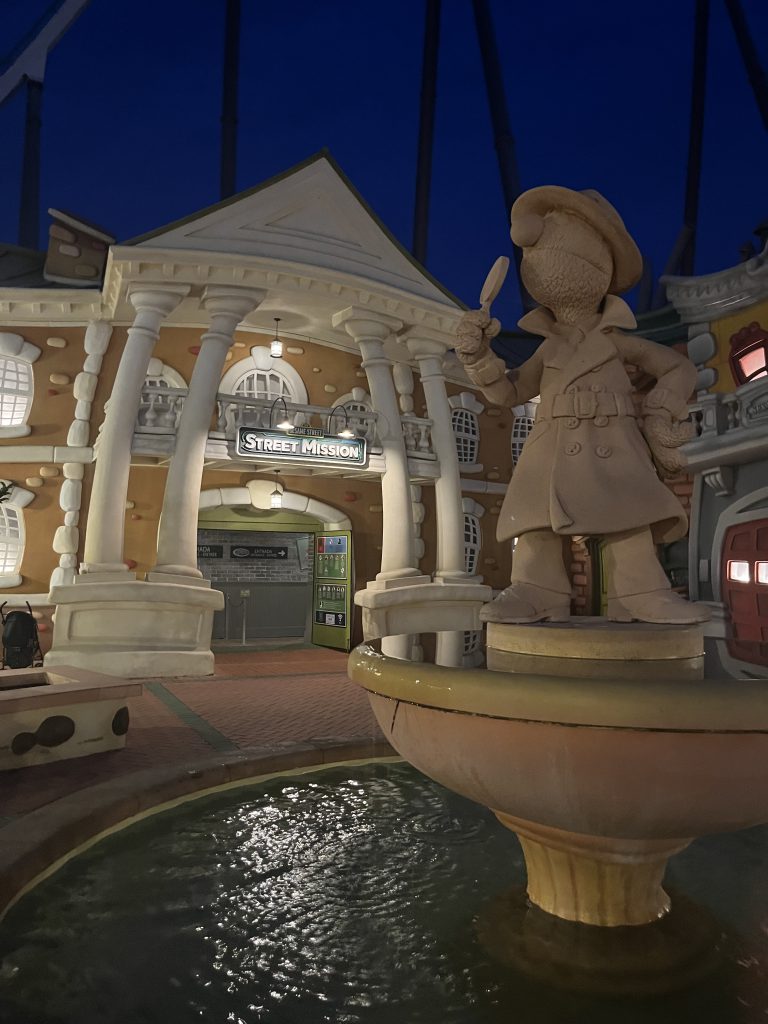
When returning from the park, we both had, either accidentally or purposely, labeled San Sebastian as our home. Week three was a hard pill to swallow. Now being used to all the beauty of the city and the routine we had fallen into, we knew we eventually had to return to our actual home, but made sure to make the most out of the rest of the trip. I spent the rest of the week exploring what few more places I could before returning, enjoying my favorite chicken pintxo for the last few times, shopping for trinkets for my family and friends at home, enjoying pintxo pote one final time, and finally the farewell dinner. While we couldn’t all be physically together as a few had gotten sick, we still came together for one final goodbye to the city. With one final walk back through the entire city late at night, and one more gelato for good measure, it was sad to say it was the last time I’d see the city for a long time, if ever again. Waking up the next morning was probably the hardest, knowing that the bus to the airport was soon to be waiting downstairs for us. Some even joked around, saying it was funny to think we had to leave, but in the end, we all piled onto the bus (except for Sam S, who had planned on staying longer) and watched as the city slowly disappeared behind us.
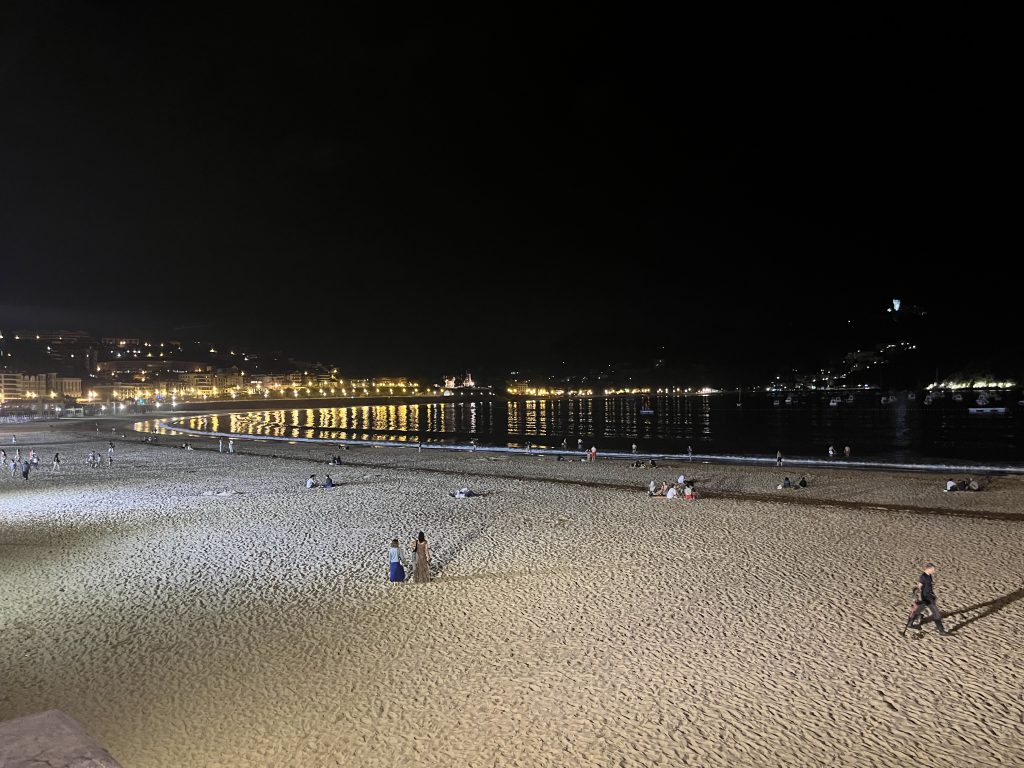
Some say it’s hard to capture San Sebastian in one picture, which I absolutely believe as well. While it is physically hard to get all of the city into one picture, just one picture couldn’t ever include the wide range of emotions and the multitude of experiences I had in and around the city. It’s hard to even say in words my feelings about San Sebastian, but I can conclude with one thing: I hope to return here someday and continue my unfinished exploration, as I definitely missed out on plenty in just Old Town alone.

